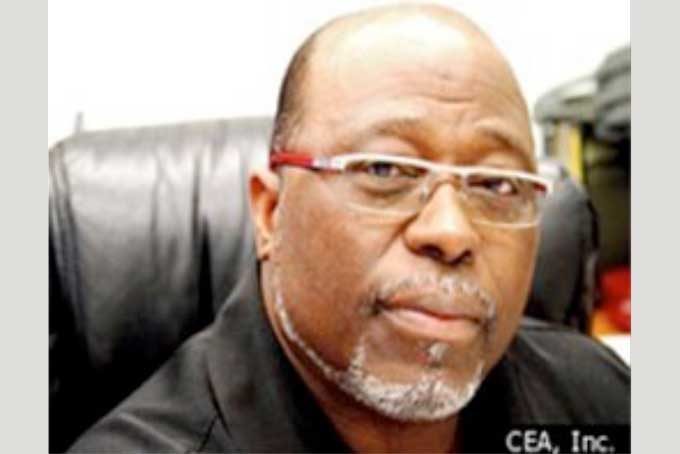
We must collectively construct an urban agenda that is just, equitable and inclusive of all people. What role does the Black leadership play in the institutional power structure dynamics, in both the City of Pittsburgh and Allegheny County? Historically they have not done an effective job in building a sustainable political organization. Especially when it comes to dealing with internal systemic impediments, that have prevented full access to resources within mainstream power centers. Realistic programs that address the problems of the inner-city poor and working class have to be developed. Black leadership has to redefine its political interests, making them relevant to current issues.
The rehabilitation of Black leadership organizations
To rehabilitate Black leadership organizations, we must first move from the accepted notion that the availability of a fine stable of the individual leaders has the ability to gauge and understand the urban community. Our community faces a series of complex, compounded problems. Now more than ever, Black leaders must mobilize to work together and create forums that focus on and address the key areas of concern. They must provide a dynamic environment for dialogue on key issues that affect the community, where the ultimate benefactor is the urban community.
Politicians and special interest groups would like to believe that circumstances can be changed by retooling underprivileged areas with new leaders. We have to demonstrate this is not needed or necessary. We must show that we have a distinctive understanding of not only what our problems are, but also the expertise to move towards sustainable solutions. We need politicians and special interest groups to work with us and commit the resources needed.
Framework for collaborative leadership
We can’t be effective in politically empowering our community until leadership is working democratically in solidarity with a diverse formation. There has to be clarity on Black leadership methodology in developing legislative and policy changes that advance our agenda. Leadership has to develop public spaces to bring the Black leadership organization together to network. This development of networks could facilitate the creation of information sharing and building linkages to local and national funding organizations. Black leadership has to rise to the occasion in addressing the myriad of challenges that face our community.
Grassroots, elected and appointed public servants have to send a message that we are ONE.
A Unified Strategy, Structure and Agenda for Effective Black Mobilization and
Direction Action Campaigns
Black Political leadership needs to create best practices in the areas of:
•Community economic development
•Workforce Development
•Youth development
•Education
•Public safety and
•Mental health
This common table will develop a consensus building process that will include:
•Black eEstablished leadership
•Faith-based leadership
•Grassroots leadership
This vehicle will become the mechanism that calls for community-wide action to develop an Urban Agenda. One that demands broad based social reform efforts in the areas of community revitalization.
Recognizing African-American contributions
Black leadership in Pittsburgh is scrutinized on different levels. The construction and management of a local or national agenda requires a competent political infrastructure. Therefore, more political institutions controlled by Black people must come into existence at the local, state and national levels.
Black leadership, together with elected and appointed officials, have to send a message of solidarity—that they are One. Historically, Black leadership has functioned in two political infrastructures—(1) Institutional Politics and (2) Protest Politics. We have to build alliances in terms of economic enterprises and activism on social problems. We have to appeal to all strata of the black experience.
Black leadership has to break out of the political marginality within our community. Our current carcass of Black elected officials follows the familiar model of hierarchical top-down organizational approach, having hardly any direct linkage with grassroots or the Black mass-base in our communities. Rather, their linkage is to fellow elites—Blacks and Whites—within the establishment. This model, at best, is limited to annual conventions, workshops, and an assortment of meetings with other politicians and bureaucrats, and nets very little results for our communities.
Black leadership must move towards developing higher priorities and strategies that will lead to empowering our Black Community.